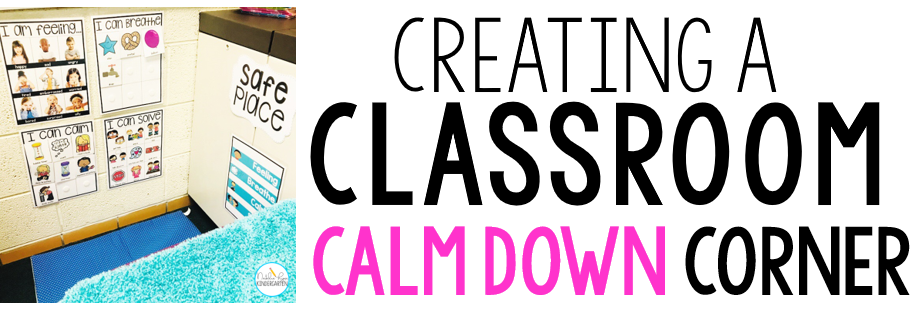
Calm down corner, peace place, Antarctica.. It can have a lot of different names, but the goal is ultimately the same – to help our students learn to self regulate their big emotions. Easier said than done, right?
I’m going to show you how you can easily set up a calm down corner and walk you through teaching your students how to use this space effectively.
This post contains affiliate links
Most likely, our students are not going to come to us able to identify what they are feeling and problem solve their way through it. If they were, there would be no need for a calm down corner. But we all know our kiddos are dealing with some big emotions. So how do we help them help themselves?
Well, we have to teach it. That’s why I do not open my classroom calm down corner for the first few weeks of school. Just like with any other area of your classroom, you want to explicitly teach your students how to use this area correctly. Otherwise, it will become just another space and you’ll get frustrated when it isn’t working.
Teach Students How To Identify Emotions
The first thing I teach to my students is how to identify what they are feeling. There are other emotions than happy and sad! I teach this the first 2 weeks using a book to read about one emotion a day.
We talk about how our face might look when we feel this way, how our heads and our bellies might feel, and what makes us feel better when we feel that way at home.
Deep Breathing Exercises for Kids
I start introducing one new breathing exercise a week. We do this every morning in our morning meeting and when we come to the carpet after a transition. This pack has explanations of each breathing exercise.
We always do the deep breath 3 times. That is because it takes 3 deep breaths to reset the brain from its panic state and tell it “I am not in danger!” Whenever we breathe as a class, we practice doing it 3 times together.
I use Velcro to stick the pictures to our “I Can Breathe” chart so I can easily add them or switch them out as we learn new ones.
Teach Students How to Calm
There are so many different ways that our kids can choose to calm! I only teach and model a few at a time. This pack is full of options so you can choose what works best for your classroom.
If something doesn’t work for my students or an item is being misused, I remove it until I can re-teach the expectations.
You also do NOT need to buy a lot of fancy stuff! It can be easy to fall into that rabbit hole, but there are many calming choices that require no objects at all. You can also easily pull items that you already have in your room. Here is a peek into what I have in my calm down corner:

Some easy, inexpensive items you could include in your calm down corner would be:
-Books you already have, especially books about emotions
-Something to squeeze (I love these balls)
-A bubble timer to watch
-If you have a student who needs to destroy things, you can give them paper to tear or cotton balls to throw
Teach Students How to Problem Solve
If your students are going to the calm down corner, of course you want them to calm down, but you also want to give them a positive action for when they leave (and a reason to leave). When we introduce our emotions and times we feel that way, we also model and role play appropriate ways to solve that problem.
You may not be able to expect a student to choose one of these options when their emotions are heightened. At that moment, their brain is not ready to receive information or make a choice. But once they are calm, then they are ready to solve their problem.
Calm Down Corner Steps
Before I let my students use the calm down corner, I model using it several times and show the students how I walk through each step. Then, I have each student practice one at a time (obviously spread out across a few days) when they are not upset.
The steps I teach my students are:
1. Decide how I am feeling
2. Take 3 deep breaths
3. Choose how I will calm
4. Choose how I will solve my problem
What if my students stay too long in the calm down corner?
You know your students so you can most likely tell if a student is genuinely upset or if they’re calm and avoiding going back. If a student is taking too long, I will go over and help them walk through the rest of the steps. If it is a student who consistently spends a long time, I may start giving them a sand timer for the calm down activity.
But you may also have a student who is still feeling sad or upset, even after they calm. I give those students an option of taking a stuffed animal back to their seat to “hold their sadness” or “hold their worry” for them. Even if they don’t totally buy that, it gives them something for comfort but helps them rejoin the group.
Do you send students to the calm down corner?
No, but I give it as a choice. I may say, “You seem upset. Do you want to go to the calm down corner?” However, you want this to be a place that students choose to go and self-regulate. Otherwise, it can seem to them like a punishment.
If I need to remove a student from the group for any reason, I will have them go back to their table or sit at my guided reading table.
If you want to create a calm down corner in your classroom, this kit will help you set it up and walk you through introducing it to your students.
You can also pin this post for later:
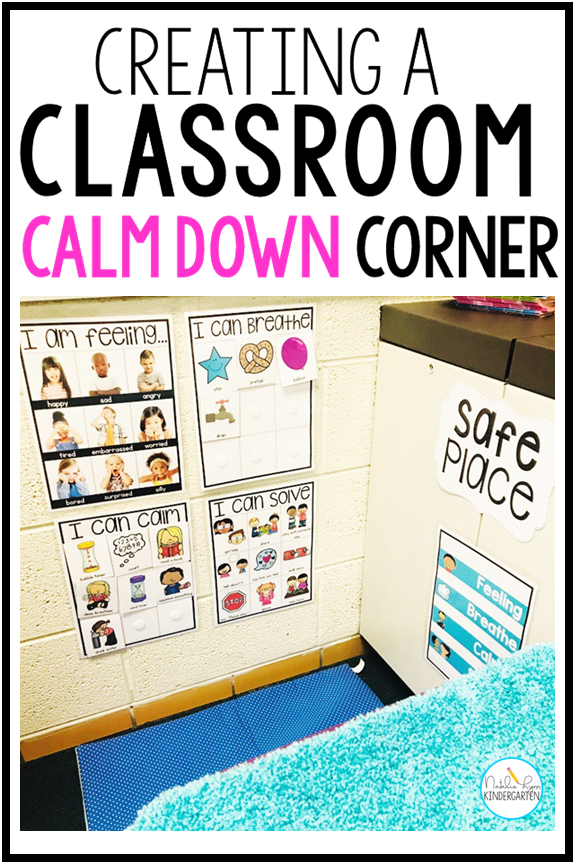

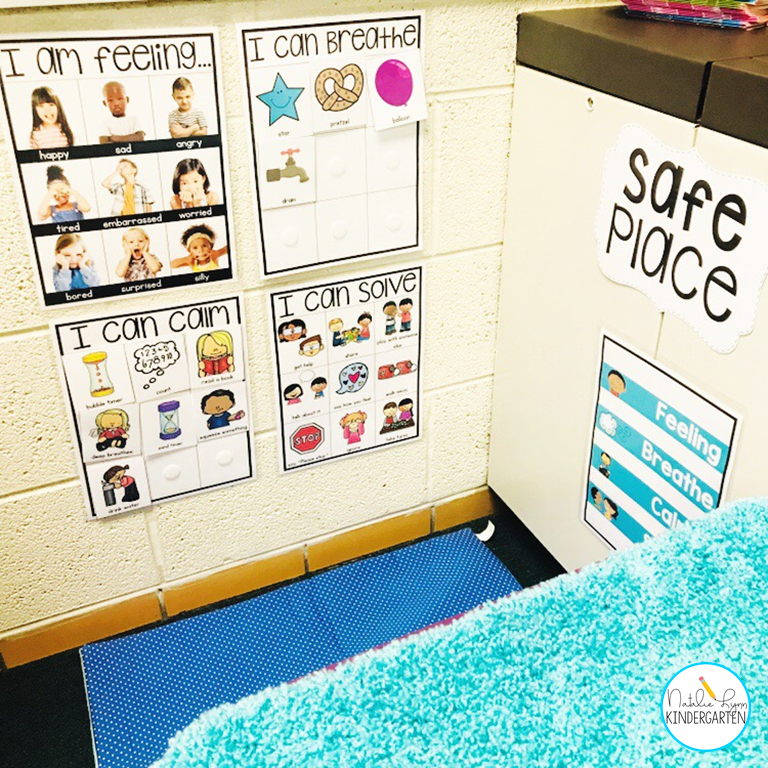

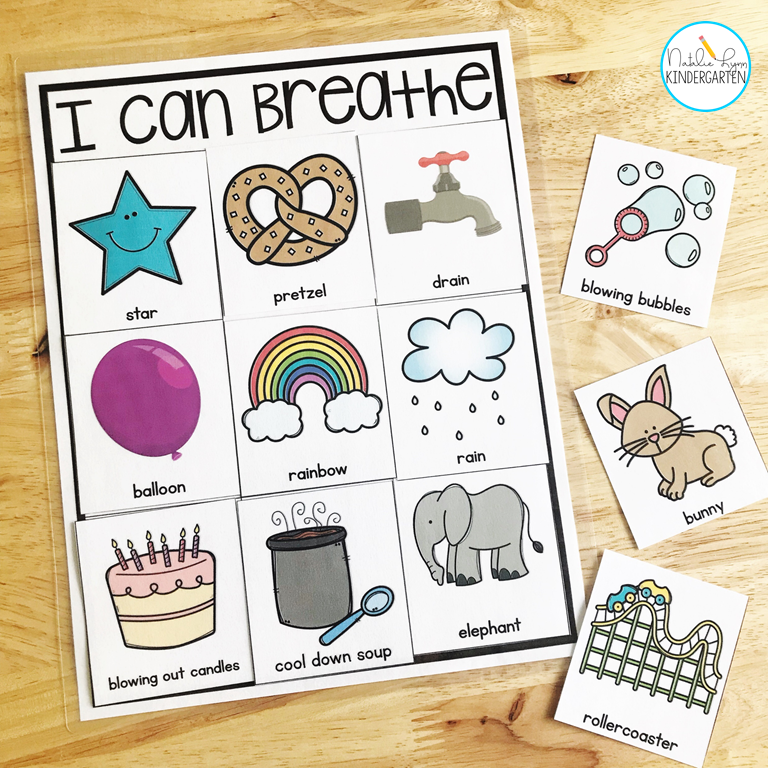
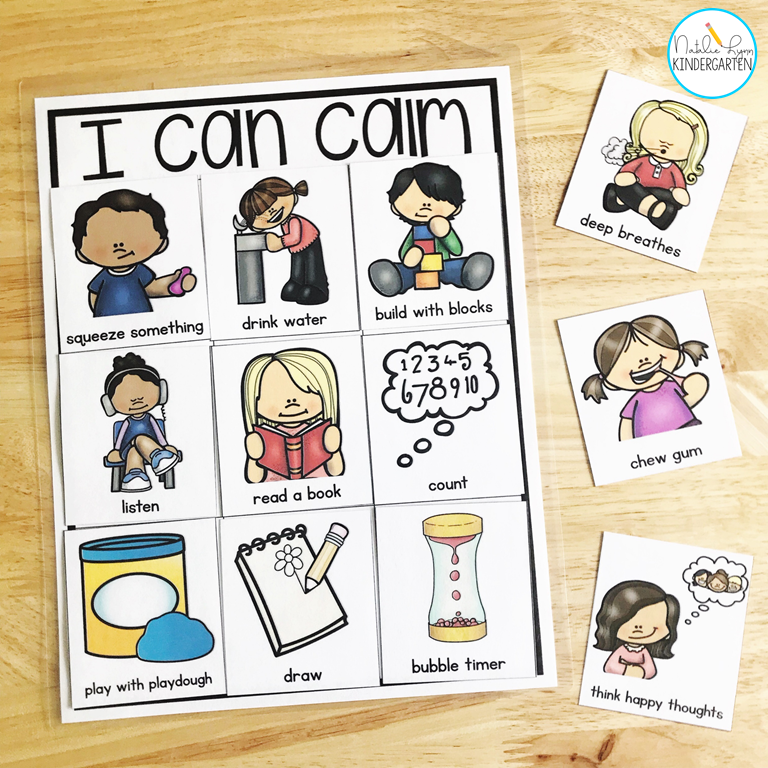
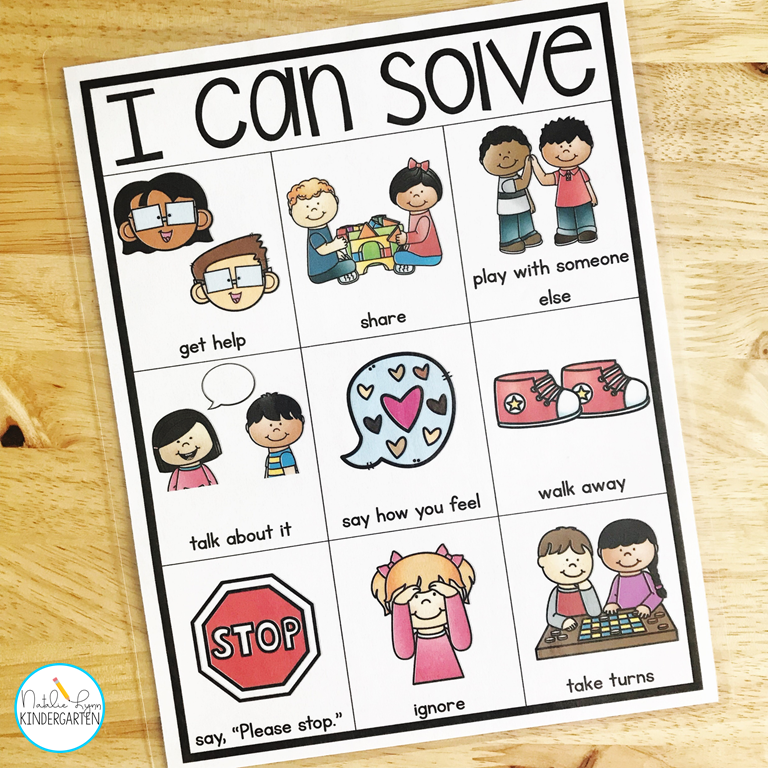
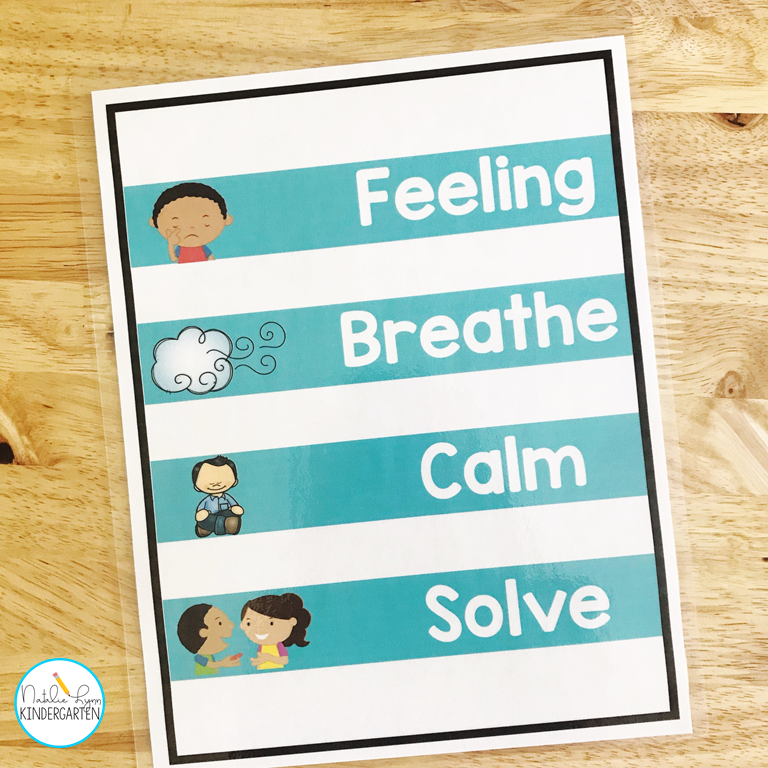



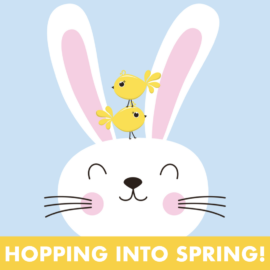
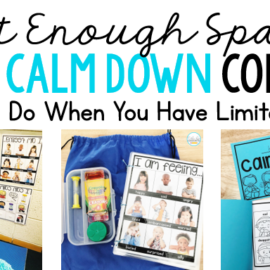

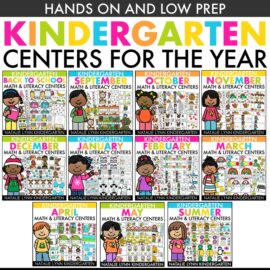
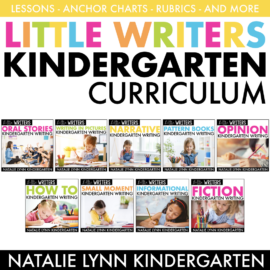
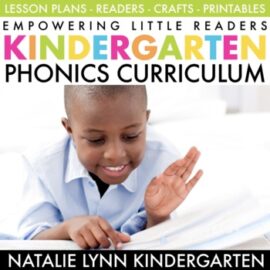
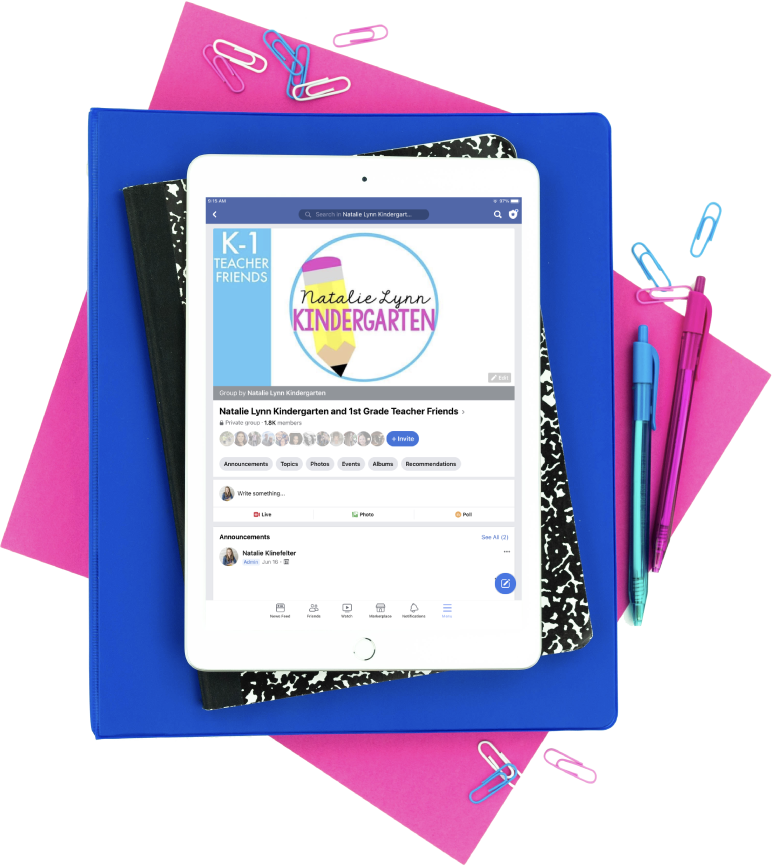

I am super excited about this article. It’s exactly what I was looking for. Though it says kindergarten it’s where I need to start for my 2nd graders. One issue I’d like to explore further is how to manage when there are multiple students wanting to use it at the same time.
I keep the “calm down bags” for students who need the calming strategies when the calm down spot is full or they are out of the classroom. This has the posters bound as a book and a few calming items in the bag.
This is a great resource! Do you have a list of which books you use for each of the emotions?